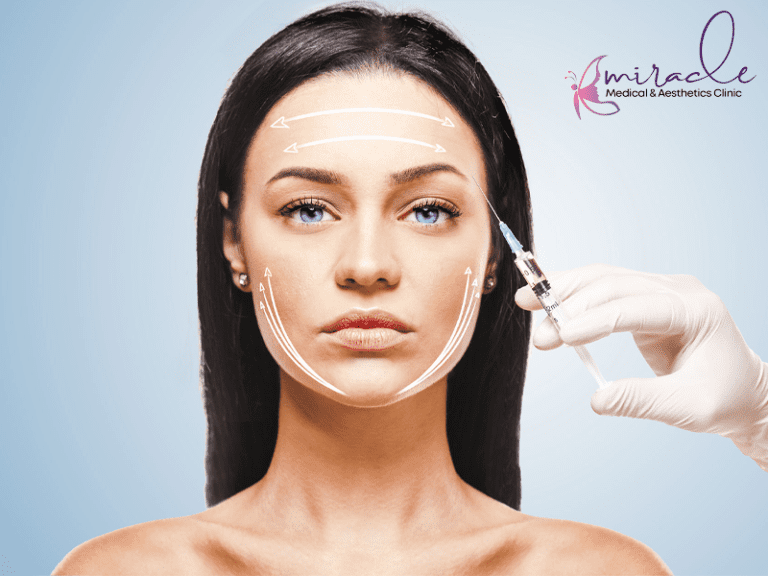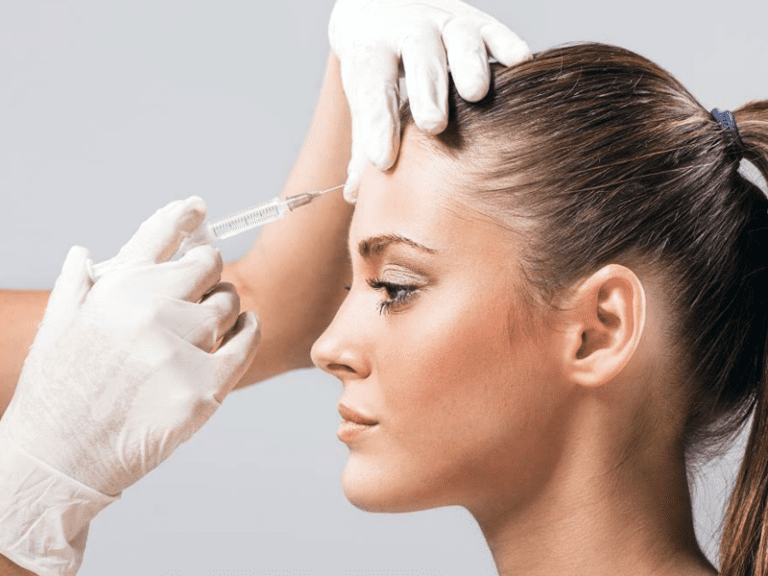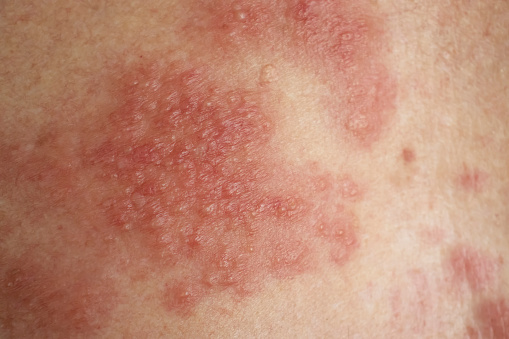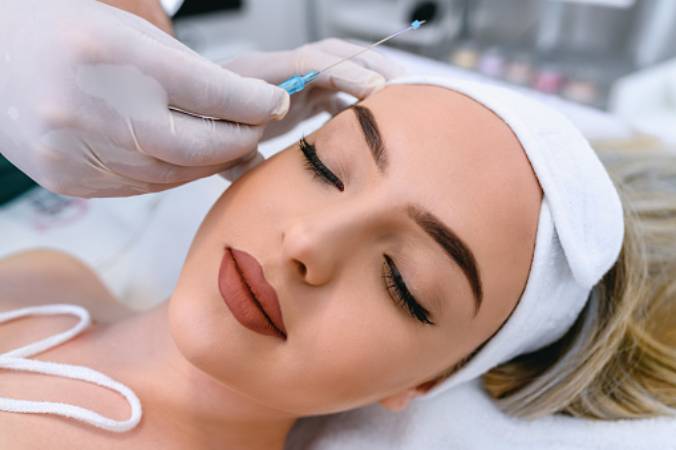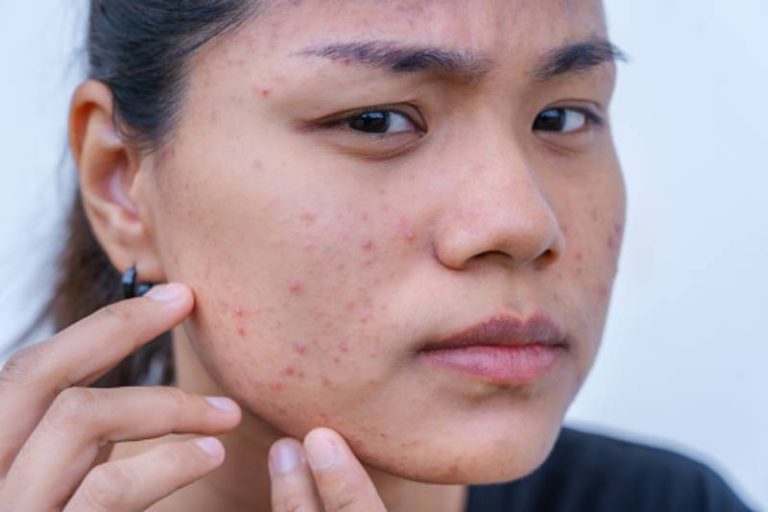WHAT IS STRAWBERRY SKIN?

“Strawberry skin” is a term commonly used to refer to the appearance of small, dark, raised bumps on the skin, often on the thighs, buttocks, or back. This condition is also known as keratosis pilaris and is a harmless, but common skin condition that occurs when dead skin cells clog hair follicles. The bumps can resemble the texture and appearance of the seeds on a strawberry, which is where the term “strawberry skin” comes from. While there is no cure for keratosis pilaris, it can often be managed with regular exfoliation and moisturizing.
Keratosis pilaris or “strawberry skin” is a common skin condition that is generally harmless, but it can be persistent and difficult to treat. While there is no cure for keratosis pilaris, there are several treatment options that can help manage its symptoms. Here are some ways to treat “strawberry skin”:

- Moisturize: Keeping the affected areas moisturized can help reduce the appearance of bumps and prevent new ones from forming. Use a fragrance-free moisturizer that contains urea, glycerin, or alpha-hydroxy acids.
- Exfoliate: Regular exfoliation can help remove dead skin cells and unclog hair follicles, reducing the appearance of bumps. Use a gentle exfoliating scrub or a body brush to exfoliate the affected areas.
- Use topical treatments: Topical treatments such as retinoids, salicylic acid, or urea creams can help improve the appearance of “strawberry skin.” These treatments help to exfoliate the skin and increase cell turnover.
- Avoid harsh soaps: Harsh soaps and body washes can dry out the skin and make “strawberry skin” worse. Use gentle, fragrance-free cleansers that won’t irritate the skin.
- Consider light therapy: In some cases, light therapy may be recommended to treat “strawberry skin.” This involves exposing the skin to a special type of light that can help reduce inflammation and improve the appearance of the skin.
It’s important to note that while these treatments can be helpful, “strawberry skin” may not completely go away. However, with proper management, the appearance of the skin can be greatly improved. If you have concerns about your skin, it’s always a good idea to consult with a dermatologist.
What Is Strawberry Skin, Exactly?
“Strawberry skin” is a common term used to describe a skin condition known as keratosis pilaris. This condition is characterized by small, rough, and raised bumps that resemble the texture of a strawberry or chicken skin. The bumps are usually red or flesh-colored and can appear on the upper arms, thighs, buttocks, and sometimes on the face. Keratosis pilaris occurs when the skin produces too much keratin, a protein that forms a protective barrier on the skin. This excess keratin can clog hair follicles, leading to the formation of the small bumps. While “strawberry skin” is generally harmless, it can be a persistent and frustrating condition to deal with. The good news is that it can be managed with proper skincare and treatments, as discussed in the previous answer.
What Causes Strawberry Skin?
The exact cause of “strawberry skin” or keratosis pilaris is not fully understood. However, it is believed to be related to an overproduction of keratin, a protein that is naturally found in the skin, hair, and nails. This excess keratin can block hair follicles, leading to the formation of small bumps. Other factors that may contribute to the development of keratosis pilaris include:
- Genetics: Keratosis pilaris tends to run in families, suggesting that genetics may play a role in its development.
- Dry skin: People with dry skin are more prone to developing keratosis pilaris. When the skin is dry, it is more likely to produce excess keratin, which can clog hair follicles.
- Hormonal changes: Keratosis pilaris may worsen during puberty, pregnancy, or menopause when hormone levels fluctuate.
- Certain skin conditions: People with certain skin conditions such as eczema or ichthyosis may be more likely to develop keratosis pilaris.
- Environmental factors: Exposure to dry air, cold weather, and low humidity can also contribute to the development of “strawberry skin.”
While the exact cause of keratosis pilaris is not fully understood, it is generally a harmless condition that can be managed with proper skincare and treatments.
- Keywords: Skin
- miracleadmin
